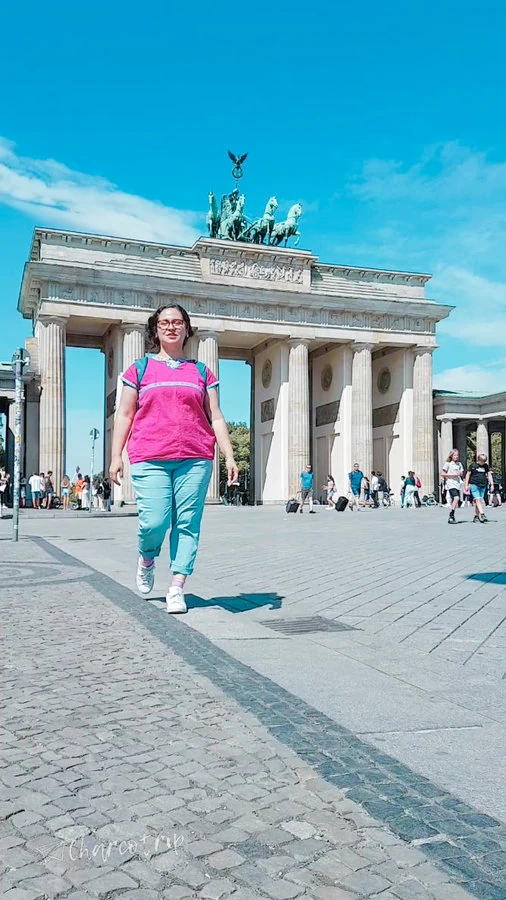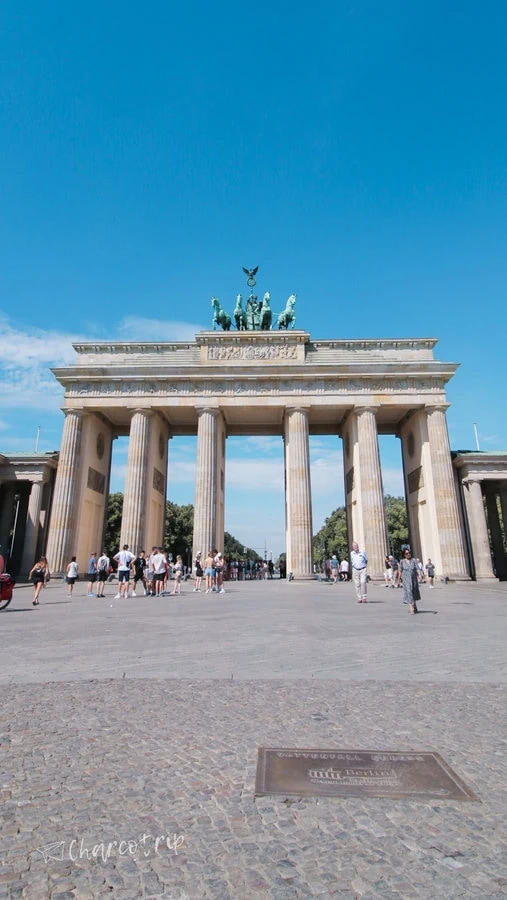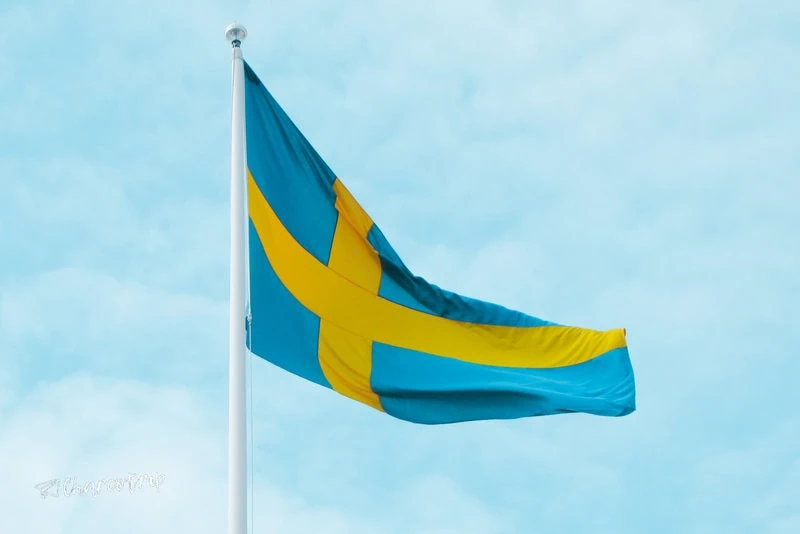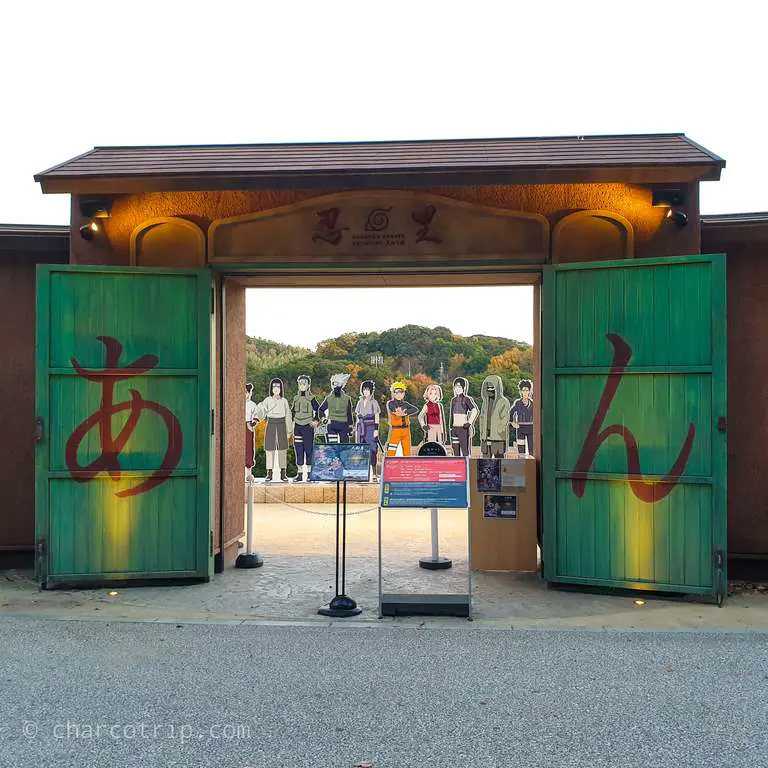Come see the Brandenburg Gate in Berlin! We will tell you what to see and do while you are in this key site of the city.
A famous gate in Berlin, undoubtedly we all agree it’s The Brandenburg Gate. One of the most iconic monuments in Germany. Located in the heart of the capital, it has witnessed the events that have marked the country in its modern history. If you are planning a trip to Berlin, the Brandenburg Gate will be a must stop. Here we tell you the reason, and you will see that it is an experience that you do not want to miss!

Looking for a flight to Berlin?
Book your tickets at the best price here!
Information to visit the Brandenburg Gate
How much does it cost?
The best price FREE.
What is the nearest metro station?
The Brandenburger tor station drops you just a few steps from the door.

Get your flight to Berlin at the best price
An iconic and famous symbol in Berlin, Germany: the Brandenburg Gate
The gate is located at the end of Unter den Linden, a boulevard in the Mitte district of Berlin. The Brandenburg Gate was built in the 18th century, during the reign of Frederick William II of Prussia, and was designed by Carl Gotthard Langhans. To design it, he took as inspiration the access door to the Acropolis of Athens.
The gate is made of sandstone 26 meters high and is adorned with twelve Doric columns.
If you are wondering where to sleep in Berlin and you want to be near the Brandenburg Gate, it depends on greatly on your budget. In my personal case I had stayed quite far away, but in a place well-connected to the subway system, this is why I can recommend the SMARTments business Berlin Karlshorst, which was clean and totally suitable for us.




Curiosities about the Brandenburg Gate
- Thanks to the fact that the Brandenburg Gate became a famous symbol in Berlin, it was saved from perishing. This in 1685, when the walls that surrounded the city were demolished, along with its gates.
- Until 1918, only members of the royal family, their guests and members of the Pfuel family were allowed to use the central passage of the gate.
- The statue that crowns the door was stolen by Napoleon in 1806, but it was returned to its place of origin in 1814, when he was finally defeated.
- It survived both World Wars and the Cold War.
- Today it is a symbol of the union of Berlin.

What happened to the Brandenburg Gate during the Cold War?
When the Berlin Wall was built in 1961, the Brandenburg Gate was left in no man’s land, with no access from the east or west. Only border guards and special guests from the German Democratic Republic (GDR) had access to the monument.
Very close to the door you can see where the wall was, since they left a mark on the ground. Impressive to think that that area was a place where no one could enter.

The Brandenburg Gate today
If desolation accompanied the Brandenburg Gate during the Cold War, making it a symbol of the partition of Berlin, when the wall fell it became a symbol again. But this time it was a symbol of union, the image of the door cannot be disassociated from the celebrations that took place when the Berlin Wall fell.
Nowadays for the big celebrations of the city, like the New Year, this is the favorite meeting point.

What is there around the Brandenburg Gate?
Pariser Platz
The square of Paris, or Pariser Platz, is how the square between the Brandenburg Gate and Unter den Linden street is known. It has a rectangular shape and was built between 1732 and 1734.
The name allusive to Paris has been given since 1841 in commemoration of the Treaty of Paris, in which the capture of the French capital by Prussian troops is celebrated, that is, the defeat of Napoleon.
Today it is the meeting point for travelers and locals, for example, free tours like this Free tour of Berlin or this Free tour of the mysteries and legends of Berlin depart from here.
France embassy
In the past this building was an old mansion that was acquired by Napoleon III, to be the French embassy and was restored years later. But, during the First World War, it closed its doors. It reopened in 1920 and for World War II it had to close again.
During the war the building was bombed and disappeared until the reunification of Germany. With this, in this new building, much less attractive, the new Embassy was inaugurated in 2003.

United States of America Embassy
During the Cold War there were two US Embassies, one in Bonn and one here. When the unification was carried out, it remained as the only embassy. This building, too, was bombed and nothing remains of the original.
Gehry’s Whale Building
Next to the American Embassy you can see a building that, perhaps from the outside, does not attract attention, but when you find out about this information you will be interested. It is the DZ Bank and it is a building made by none other than Frank Gehry of which I already had the opportunity to be in one of his designs, in the Biomuseum of Panama.
If you look out through the window you will be able to see the giant whale, at least its tail, and if you are lucky that there is no event in the bank building you will be able to enter totally free. I could not enter, since there was a bank meeting that prevented me.
Tiergarten and the Victory Column
Crossing the door you will see a huge green area, it is the Tiergarten park and in the background you will see a column with a golden statue. This is the Victory Column, it was made to commemorate Prussia’s victories in the wars against Denmark, Austria and France at the end of the 19th century. The golden statue is known as Goldenelse (Isabelita de Oro). The tower measures 67 meters.
Originally, the column was located much closer to the Brandenburg Gate, near the Reichstag, but the Nazi regime decided to move it so that it was in line with the gate.

Monument to the murdered Jews of Europe
Right next to the Brandenburg Gate you can see this monument designed by the architect Peter Eisenman in honor of the murdered Jews of Europe. It is a field of about 19,000 meters in which there are 2711 stelae, of different sizes.
It is a monument in which you have to walk, to feel that confusion, and even despair, that the author has wanted to convey in his work.
Reichstag
Very close to the Brandenburg Gate is the building with the glass dome, called the Reichstag. It was built between 1884 and 1894.
It was from there that on November 9, 1918, the deputy Philipp Scheidemann proclaimed the republic. During World War II the building was already abandoned and was seriously damaged.
Two years after the fall of the Wall, which occurred in 1991, the German parliament decided to relocate to the Reichstag. For this, the building underwent a deep restoration and it was not until 1999 that it returned to its splendor and since then the sessions of the German parliament have been held there.

Conclusion
In conclusion, the Brandenburg Gate is famous and a must when visiting Berlin. It is not only a symbol of the city, but also of the country. It is a memory of the past, present and future.
Some of the links in this article include affiliate links. This means that if you buy a product listed here by following these links, we'll receive a commission. The use of this link does not increase the final price for you and thus helps us to keep our blog alive.



